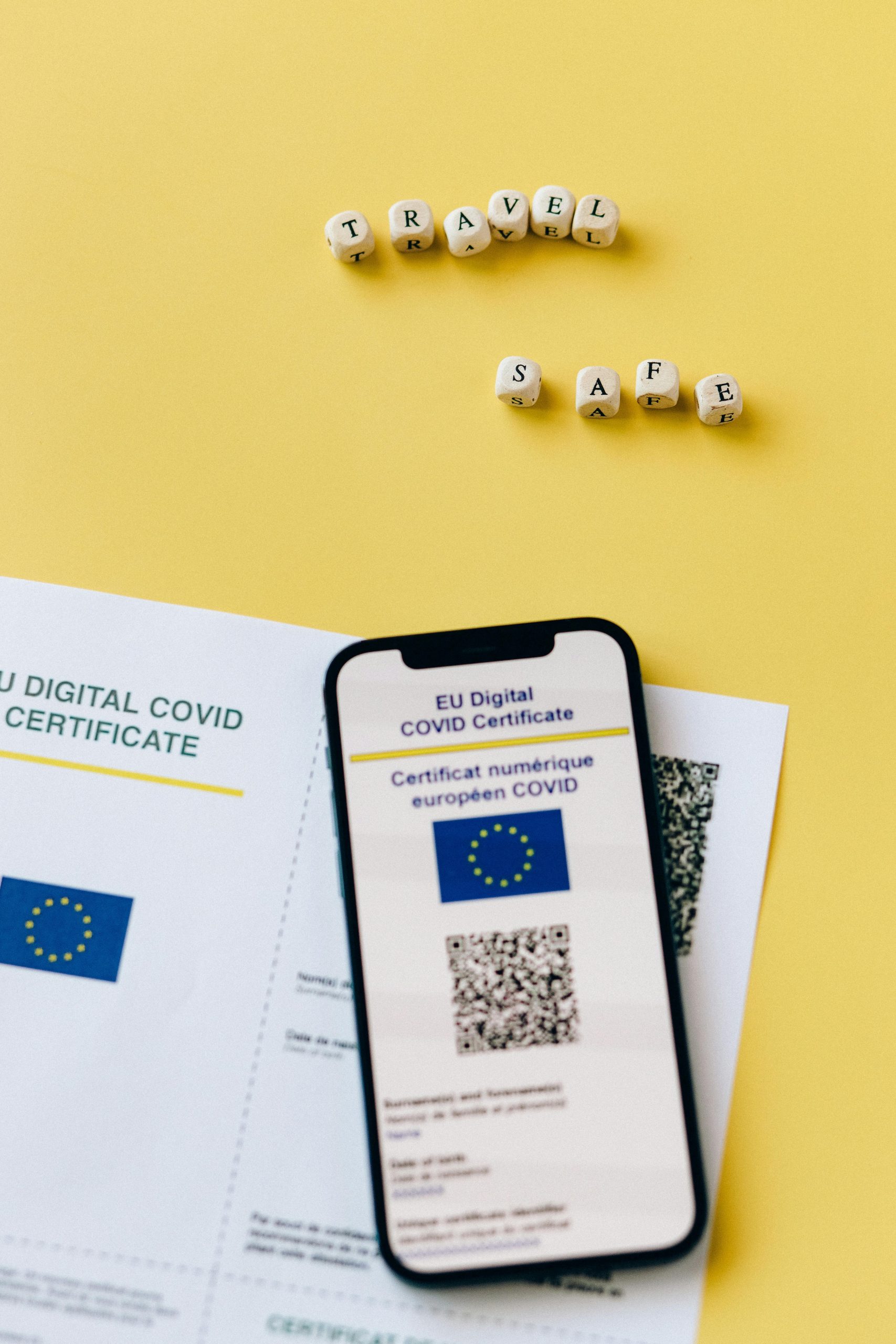Unexpected Microsoft Verification Code Received on Phone: What You Need to Know
In today’s digital landscape, security concerns are more relevant than ever. Recently, I experienced an unusual event that might be worth sharing — I received a Microsoft verification code on my mobile device, despite having no Microsoft accounts linked to my phone number. This incident raises important questions about account security and what steps you should take if you find yourself in a similar situation.
The Incident: Unexpected Verification Code
Without any prior notification or context, I received a text message containing a verification code purportedly from Microsoft. Given that I do not have any Microsoft accounts associated with my phone number, this occurrence was puzzling. Such messages can occasionally be legitimate security measures, but they can also be signs of potential account compromise or accidental data entry.
Possible Explanations
-
Accidental Data Entry: Sometimes, a user might input a phone number incorrectly during the account registration or password reset process, leading to verification messages being sent to an unintended recipient.
-
Account Security Checks: Microsoft and other service providers sometimes send verification codes as part of security protocols, even if your phone number isn’t directly linked to an account. It’s worth reviewing your accounts to ensure your contact information is accurate and secure.
-
Malicious Activity or Phishing: Receiving unexpected verification codes can also be a tactic used by cybercriminals attempting to access accounts. Even if you don’t have a Microsoft account, it’s essential to remain cautious.
Recommended Actions
If you encounter a similar situation, consider the following steps to ensure your security:
-
Do Not Share the Code: Never respond to or share verification codes from unknown sources.
-
Check for Unlinked Accounts: Review any Microsoft accounts or related services to confirm your contact details aren’t inadvertently associated.
-
Monitor Your Accounts: Stay vigilant for any suspicious activity across your online services.
-
Contact Support: Reach out to Microsoft Support or your service provider to report the incident and seek guidance.
-
Implement Security Measures: Enable two-factor authentication (2FA) on your accounts where available, and regularly update your passwords.
Conclusion
Receiving an unsolicited verification code can be unsettling, but it also presents an opportunity to evaluate your digital security posture. While unintended messages might simply be the result of human error, it’s always better to be cautious and proactive. Regular account audits, strong security practices, and prompt action can help safeguard your online identity against potential threats.
Share this content:



